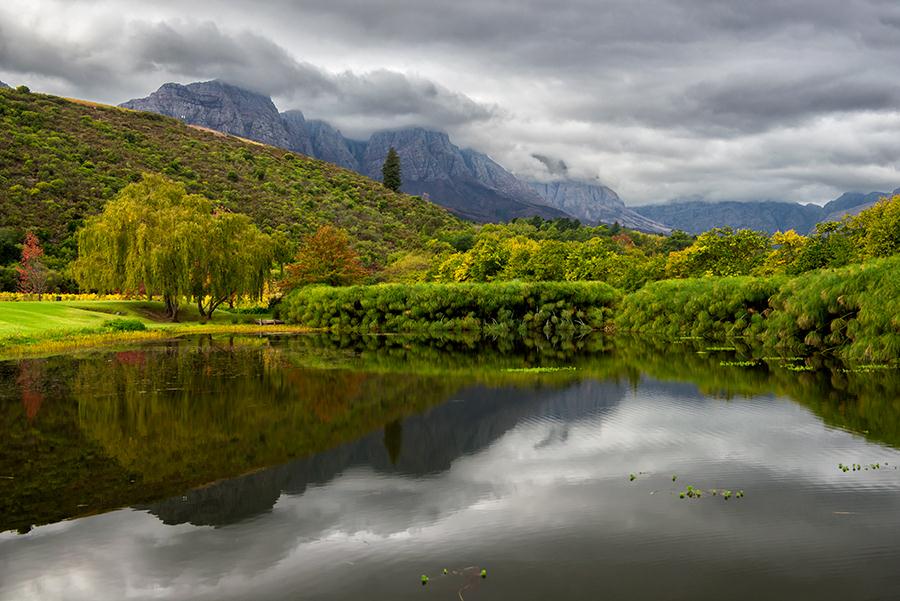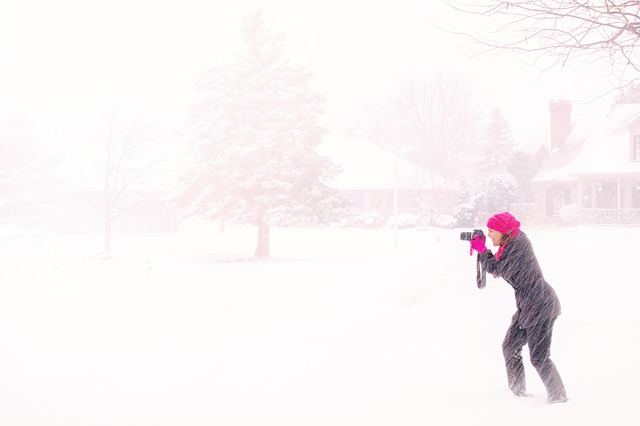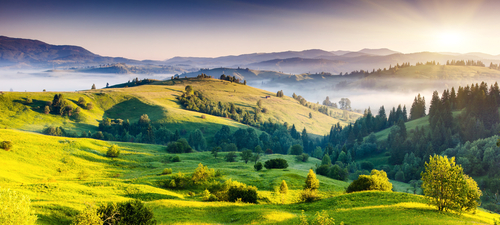Spring is a wonderful time for landscape photography because bold colors begin to appear and nature’s winter doldrums are finally over. There are many editing techniques that you can utilize to make springtime colors truly pop, but why not do most of the work with your camera equipment? In fact, there are numerous ways to bring out brilliant colors without Photoshop. To get you started, here are a few easy-to-follow spring photography tips that everyone can incorporate into their photography outings!
Remove Distractions
Make the vivid colors of a new flower-covered landscape the focal point of your photo and remove unnecessary distractions from the background. You can accomplish this through proper framing or by changing your depth of field. For example, if there’s an unsightly sign poking up over the top of a hill, change your composition to eliminate it. As a rule, always eliminate the extraneous and only keep in the frame that which is necessary to tell the story of your image.
Practice Landscape Photography at the Right Time of Day
Do you want naturally occurring objects such as wheat and reeds to appear more vibrant? This can be easily accomplished by choosing the right time of day to take photographs. The beautiful glow that occurs daily shortly before sunset and after sunrise is rightfully referred to as the golden hour. Also be aware that backlight can add just the right glow to those reeds, flowers, etc.
Use Lens Filters to Even Out Colors
It’s difficult to fully showcase vivid landscape colors when your entire subject doesn’t have the same lighting conditions. Fortunately, you can easily correct this problem by utilizing a graduated neutral density filter. This helps correct exposure issues that occur when the sky is much brighter than everything else you want to capture. Also, use a polarizing filter to decrease reflections and increase color intensity.
Choose the Right Color Balance
One thing that amateur landscape photographers often forget about is setting the correct white balance for their shooting conditions. Failure to get this right in-body will require editing in order to correct your images. Instead, simply choose the appropriate white balance setting for your lighting conditions. For example, if it’s a bright, sunny day, be sure to select the sunlight option. You can also manually pick a custom white balance setting for your landscape photography, but this requires practice and the right tools.
Learn More about Making Colors Pop in Landscape Photography
Professional award-winning photographer Jim Steinberg has been featured in numerous publications, including National Geographic. Now he offers workshops and photo tours to help other photographers of all skill levels. Learn to improve the colors, composition and every other aspect of your landscape photography by attending an upcoming session. Visit our homepage to learn more!



